India is facing one of the most extreme heat waves on record. Temperatures in Delhi are at their highest ever for the city and on the verge of breaking national records.
A temperature of 52.9 degrees Celsius was recorded in Mungespur district on the outskirts of the capital yesterday, raising an alarm across the country.
indian The Meteorological Administration said This figure is still being evaluated and may be due to a sensor issue, but if confirmed, it will be the highest temperature ever recorded in the country.
IMD Director General M Mohapatra said that while temperatures fell on Wednesday at 14 out of 20 stations in Delhi, the average temperature across the city was in the range of 45-50°C.
Daytime temperatures have already soared to nearly 50C in Delhi and other parts of northern India this week as India continues to battle extreme heat waves that have impacted voter turnout in the ongoing general election.
The city’s main weather station at Safdarjung recorded 45.8C on Tuesday, while on the outskirts of Mungeshpur, which recorded 52C on Wednesday, Narela recorded 49.9C.
The outlying districts of Najafgarh, Pitampura and Pusa also sizzled at around 49.8C.
Heat waves are clearly the biggest threat to India’s well-being today.”
Aarti Khosla, Director, Climate Trends
This is the highest temperature ever recorded in Delhi and breaks Delhi’s record of 49.2C set in 2002. Additionally, the readings for this time of year are 9 degrees above normal.
Meanwhile, in neighboring Pakistan, temperatures rose above 52C in southern Sindh province this week, the highest this summer and close to a national record.
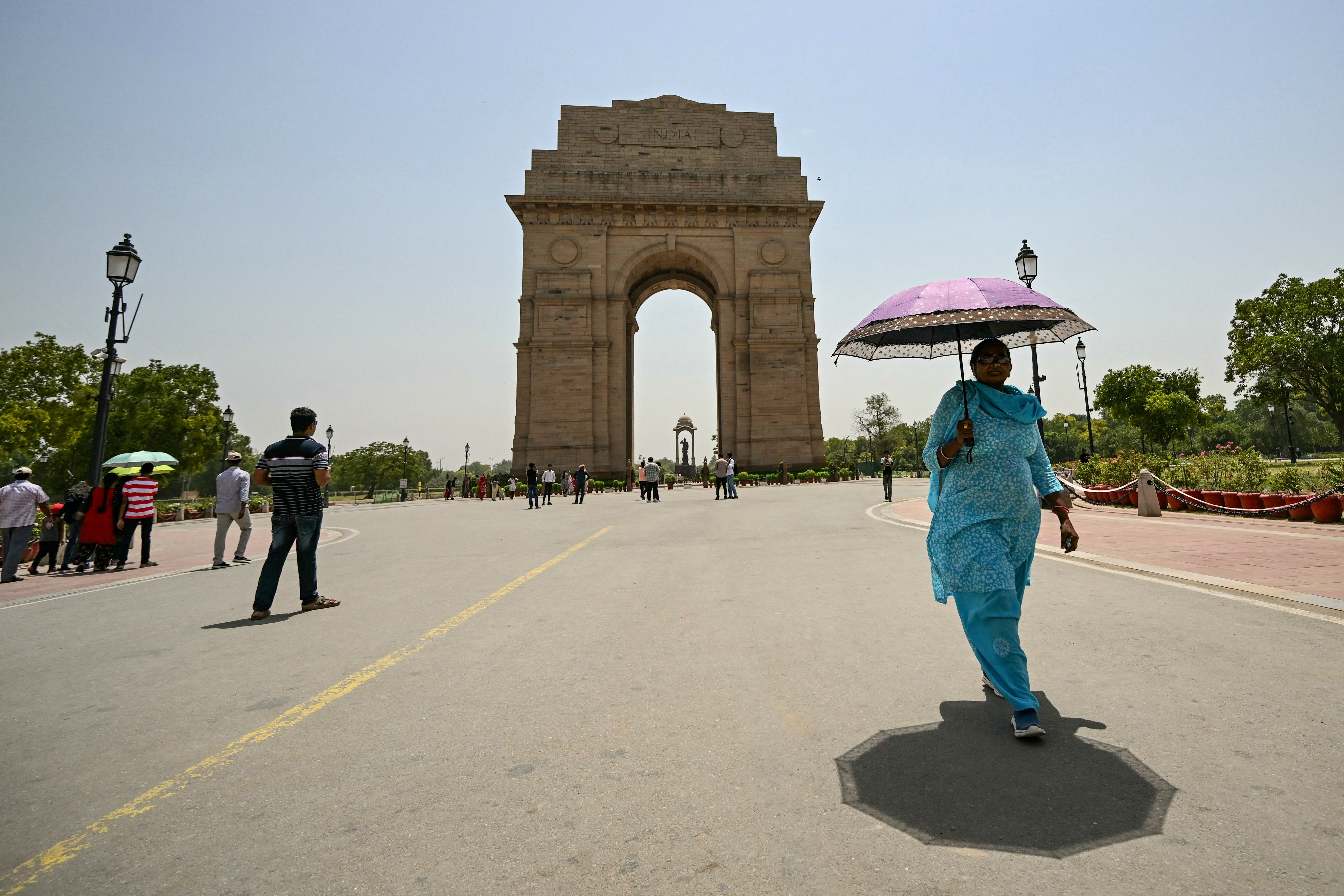
South Asia, along with other parts of Asia and the world, has been hit by extreme heatwaves this year. The past 12 months have been the hottest in Earth’s history.
Summers in India have always been harsh, with mercury temperatures often rising above 40C in northern and central regions, but they have become even hotter in recent years.
The climate crisis caused by burning fossil fuels is making heat waves hotter and more likely to occur anywhere in the world, according to scientists who study how extreme events change.
A scientific study of India’s heat waves in 2022, 2023 and 2024 attributed the extreme temperatures to the human-caused climate crisis.
“Heat waves are clearly the biggest threat to India’s well-being today,” says Aarti Khosla, Director of Climate Trends.
“The temperatures in Delhi and neighboring National Capital Region (NCR) states over the past two days are proof that the issue is now about survivability and no longer an issue ‘elsewhere’.”
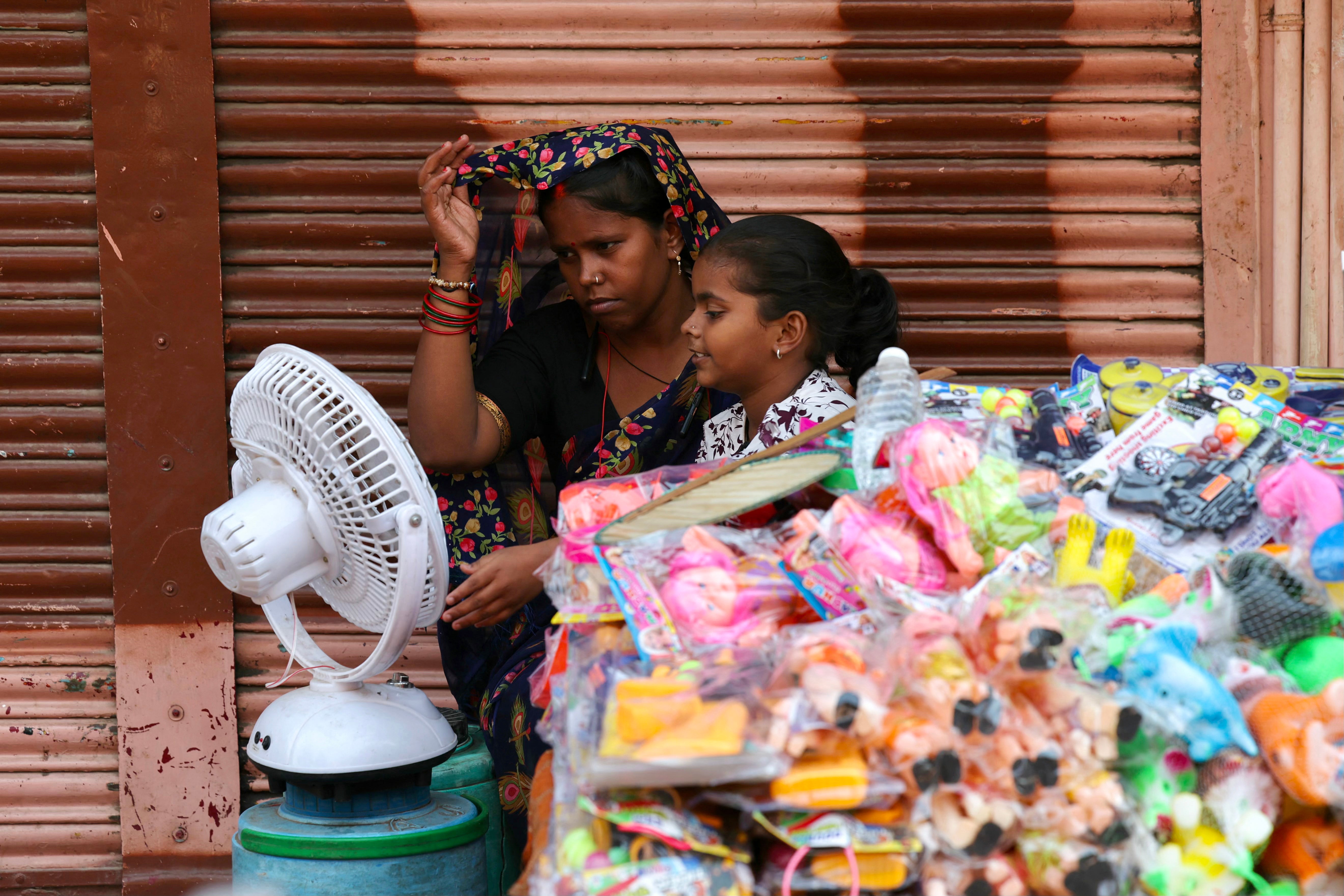
Amid extreme temperatures, a massive fire broke out due to an air conditioner at an apartment complex in Noida near Delhi on Thursday.
Several fire incidents were reported in northern and western India, including a fire at a children’s hospital in Delhi that killed seven newborns.
This summer, a “red alert” has been issued for most of northern and western India, including the states of Rajasthan, Punjab, Haryana and Uttar Pradesh around Delhi, as temperatures consistently remain above 45C.
According to the IMD, a red alert means people are at a “very high risk” of “heat illness and heat stroke” and calls for “extreme care” for vulnerable people.
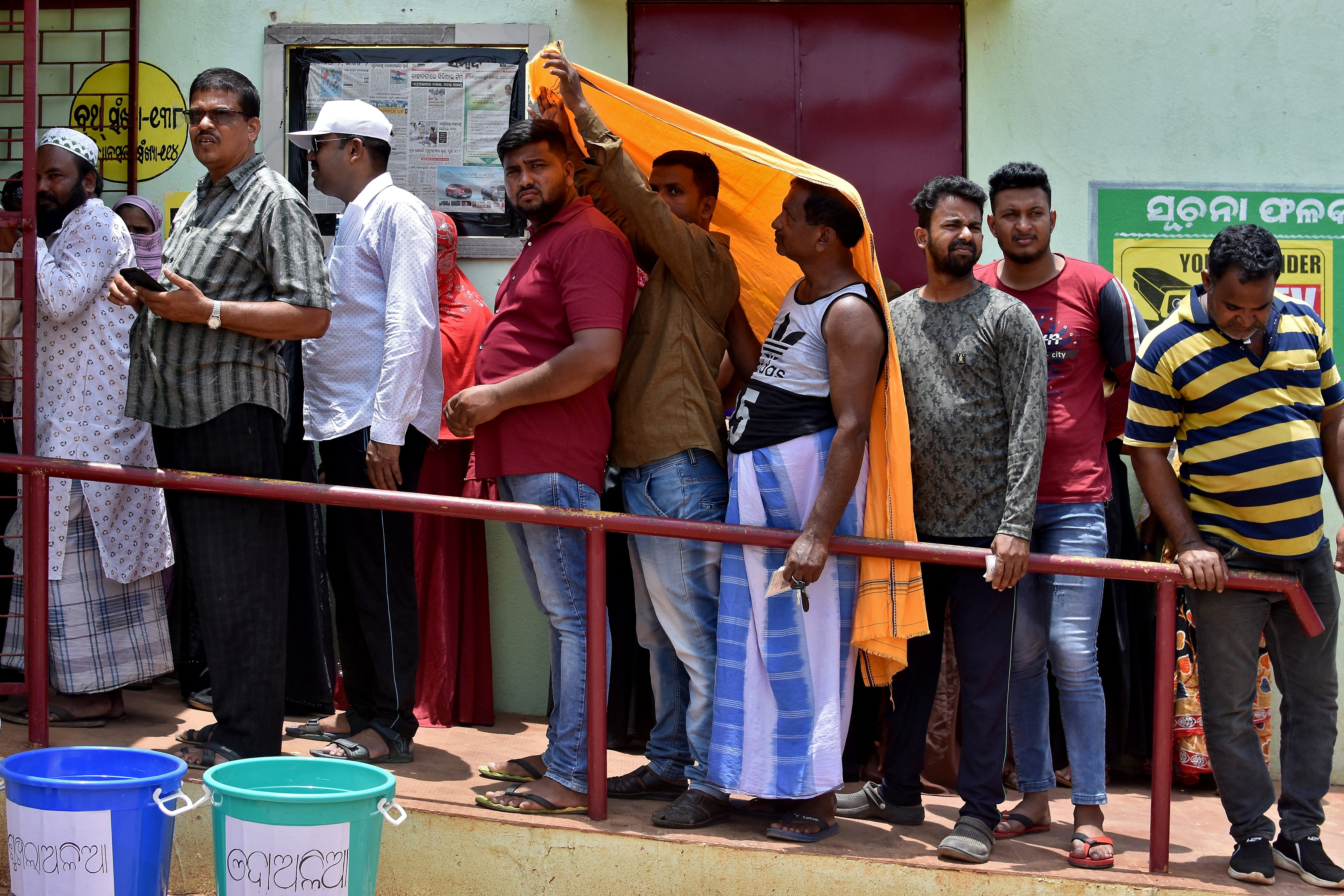
However, despite record-breaking temperatures and voters complaining of heat stress, the Election Commission of India pushed ahead with the polls, and voter turnout fell slightly compared to the last election five years ago.
The election will conclude on June 1 after seven rounds of polls over six weeks. The results are scheduled to come out on June 4th.
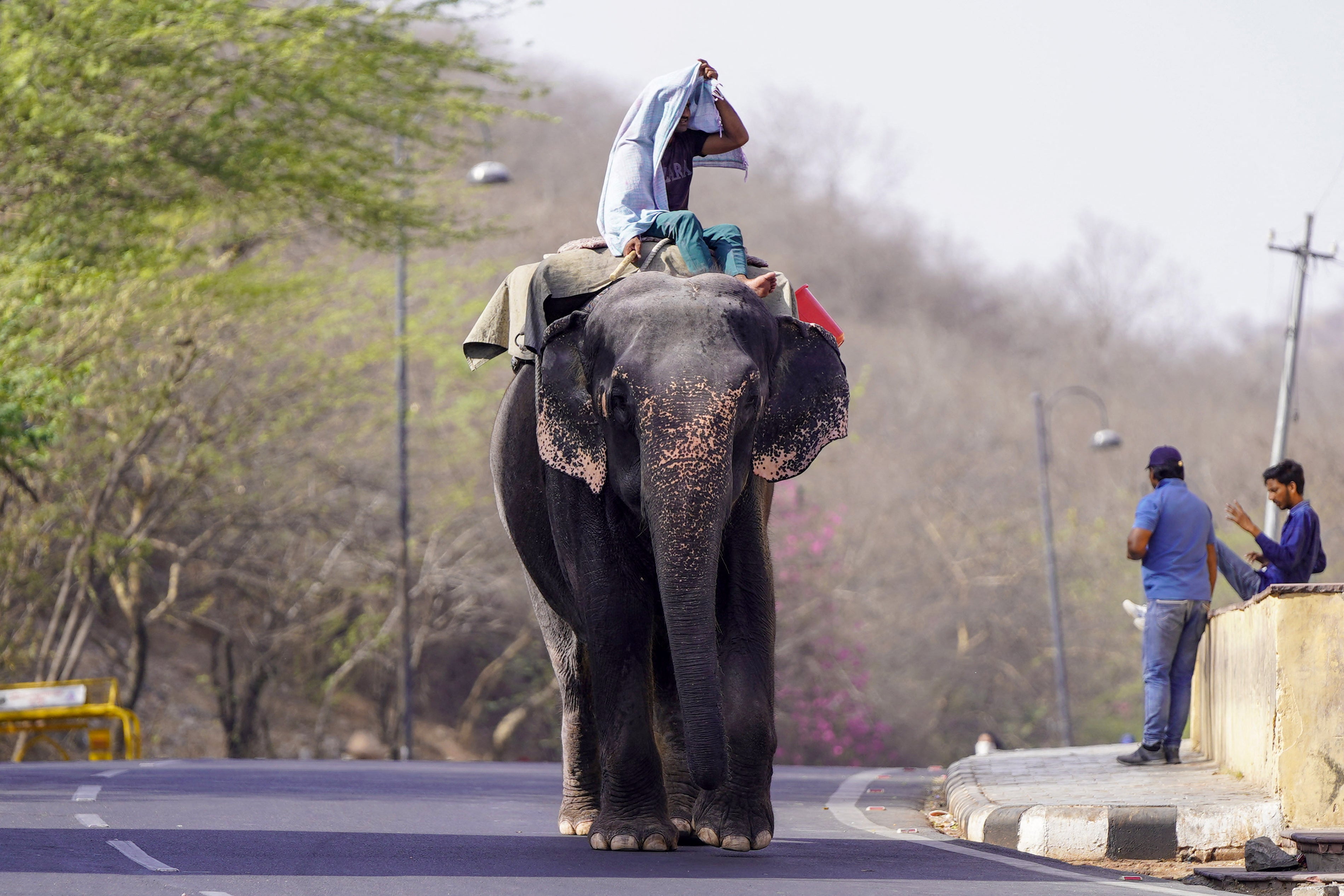
In recent days, hot winds coming from the desert state of Rajasthan have been blamed for increasing the heat in Delhi. However, experts pointed out that the capital’s urban expansion and lack of green space were also causes.
“Radiation doses increase in open areas with empty land. Direct sunlight and lack of shade make the region unusually hot,” said Mahesh Palawat, vice president of weather and climate change at Skymet Weather. business standards newspaper.
Night-time temperatures have remained as high as 36C in some areas, which is particularly dangerous as it means people are unable to cool down and sleep at night.
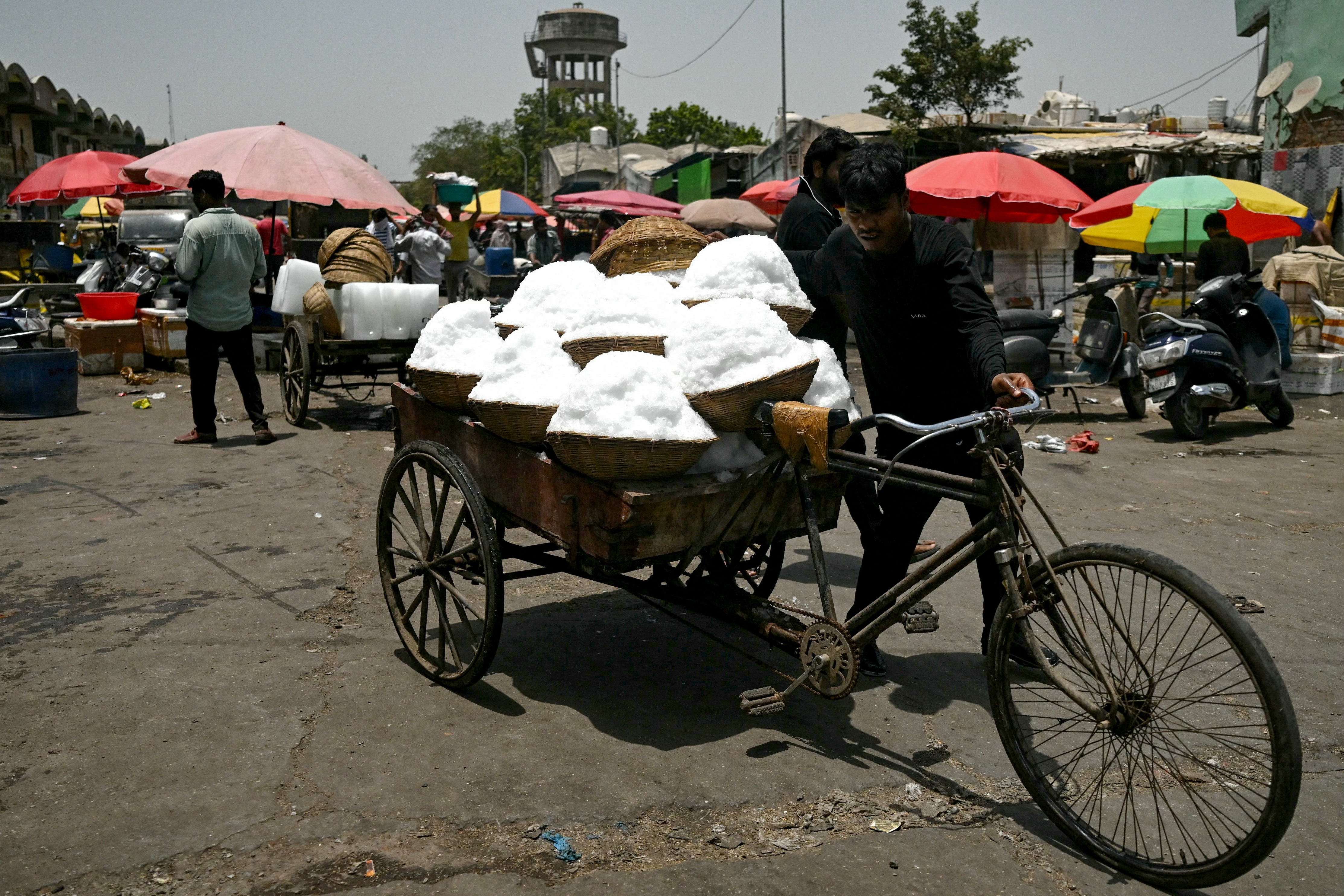
The Delhi local government also restricted water supply due to the heat. The water level of the Yamuna River, the main water source, is said to be low.
There is no uninterrupted water supply in the city at any time, but the Delhi government said additional restrictions would be imposed in areas that receive water for around two hours a day.
“I urge all residents to use water very cautiously, whether there is a water problem in your area or not,” Water Resources Minister Atishi, who uses only one name, said on Tuesday.
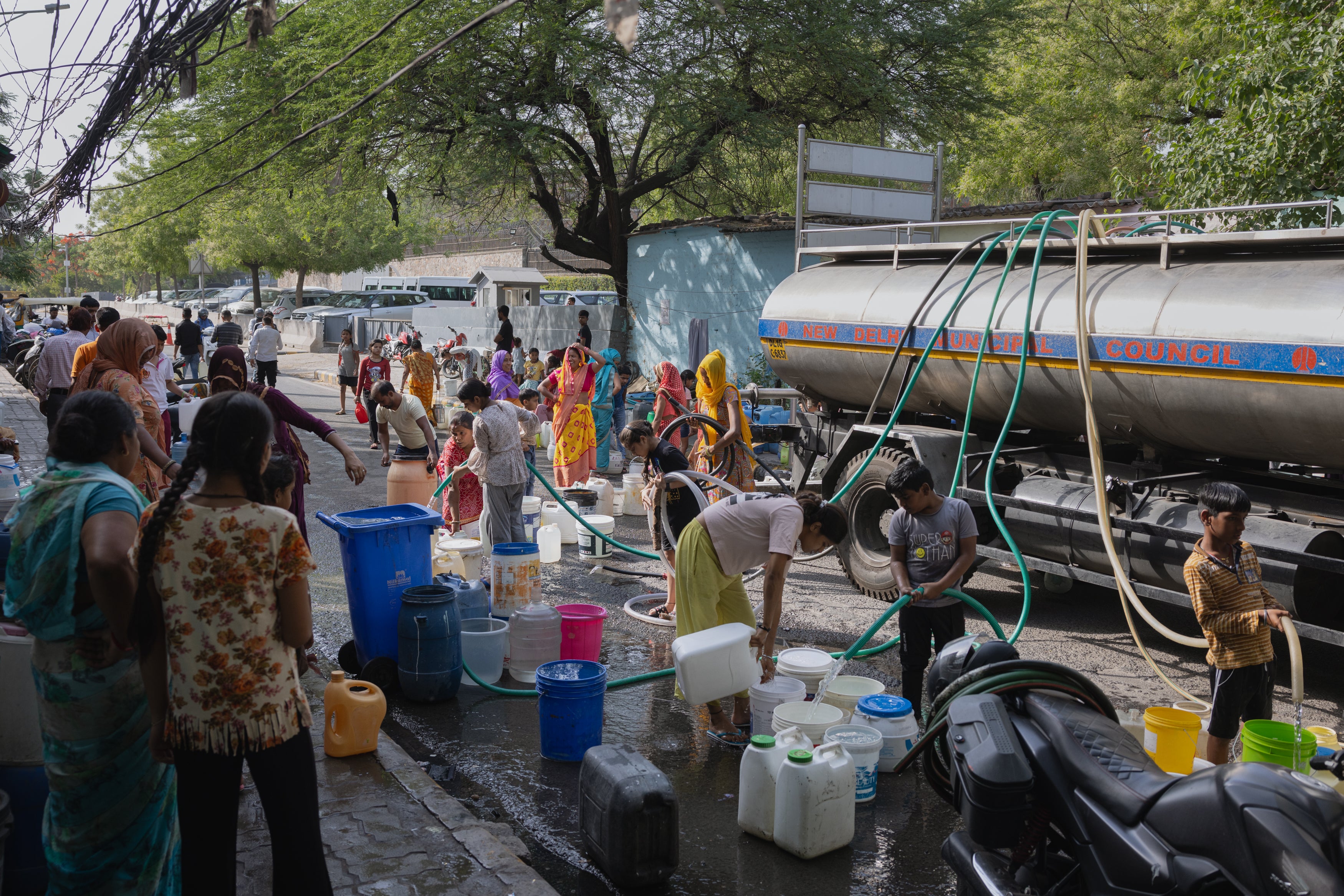
While some Indians can afford air conditioning and water coolers to beat the heat, half of the country’s workforce has to work outside all day with little to no rest.
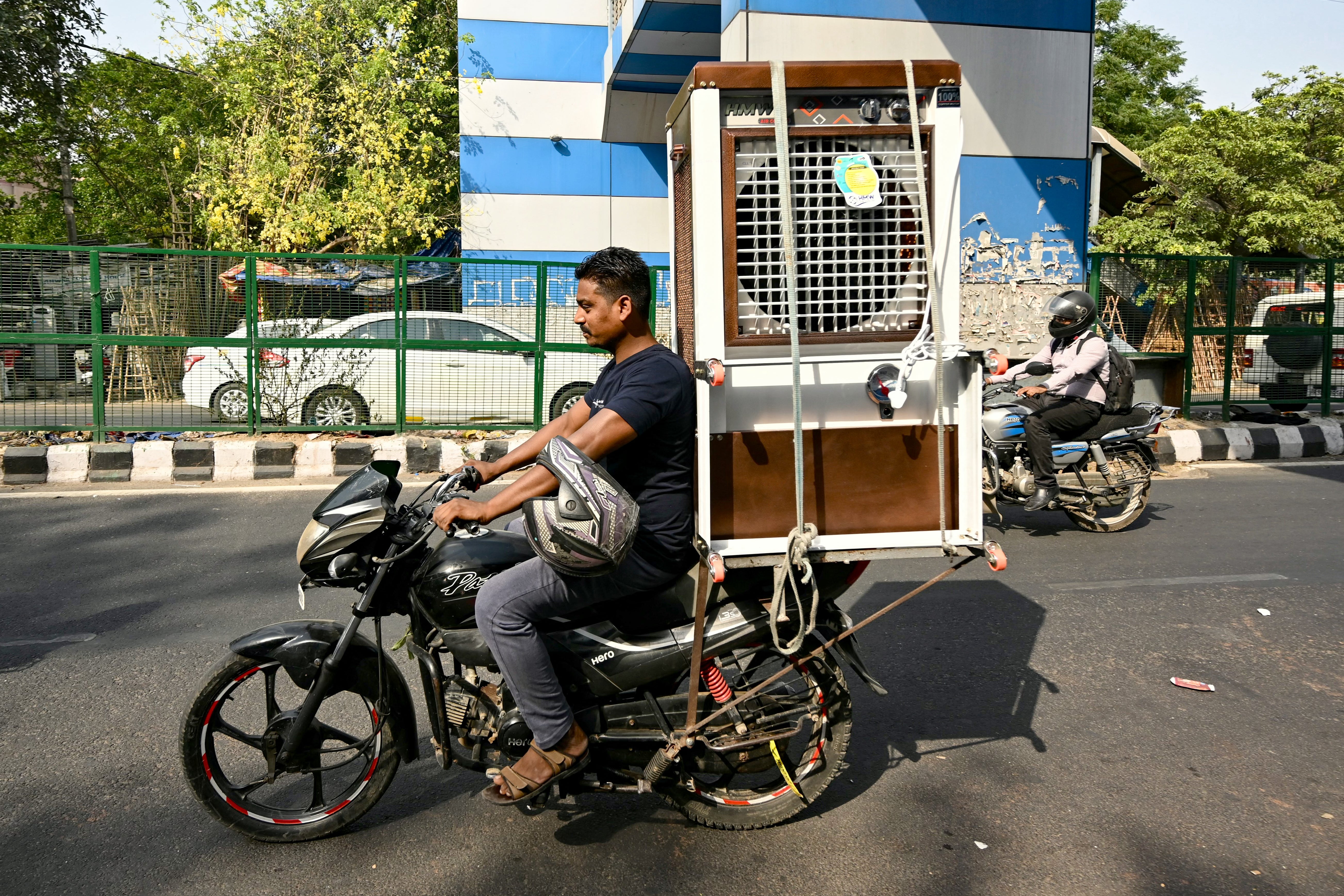
“In this extreme heat, millions of heat-exposed workers without access to cooling facilities are struggling to earn wages, protect their families, and protect their families,” said Aditya Valiathan Pillai, associate coordinator for Climate Adaptation and Resilience at the Sustainable Futures Collaborative. “It’s going to be a struggle to stay safe,” he said.
Mr Pillai said it was now important for cities like Delhi to implement heat wave action plans.
“Long-term solutions such as trees are equally important: changing the structure of buildings and reducing the density of built-up areas to combat the urban heat island effect.”
Experts say heat of 50 degrees Celsius can be fatal. India has already recorded at least six deaths from suspected heat stroke so far, but experts said the actual number could be much higher.
On Wednesday, a 40-year-old man died of heatstroke at a hospital in Delhi. Doctors said the man was living in a room without a cooler or fan and his body temperature exceeded 107 degrees, nearly 10 degrees above normal.
This is the first heatstroke death confirmed in Delhi this summer.
“When an individual becomes dehydrated and exposed to extreme heat, their blood thickens and their organs shut down, leading to death within hours, commonly referred to as ‘heatstroke’,” says Prof. Vidhya Venugopal, National Director, Sri Ram Institute of Higher Education. Research from Chennai.
Despite this, the issues of extreme weather events and the climate crisis are barely addressed in the ongoing election campaigns.
According to the IPCC, heat waves that used to occur once a decade without human-caused warming are now likely to occur 2.8 times more often.
If we don’t reduce emissions much faster than planned, they will become two to three times more common again.






